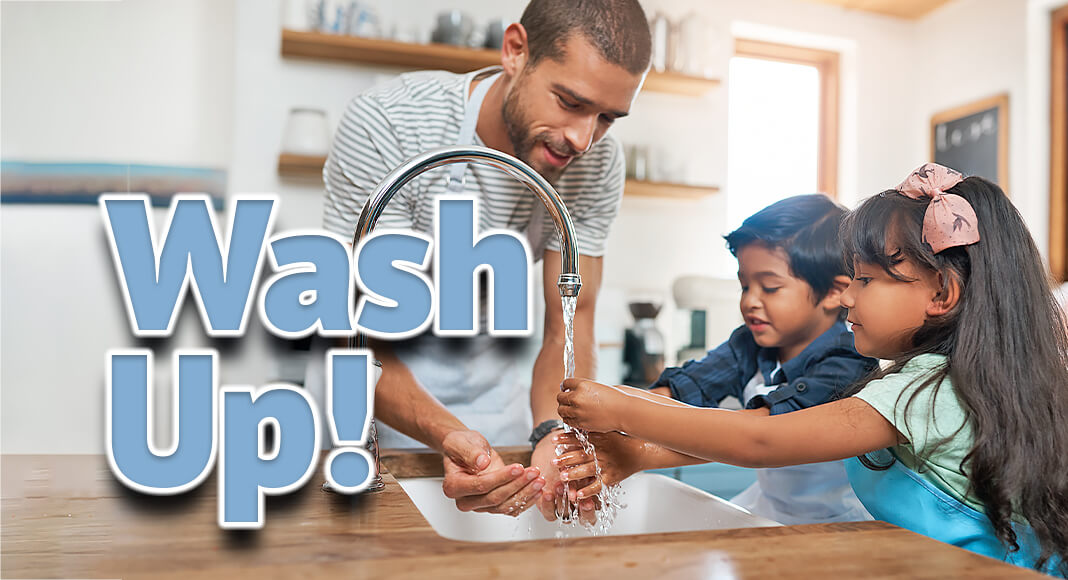
Mega Doctor News
| KEY POINTS |
| • Parents and caretakers play an important role in teaching children to wash their hands. |
| • Handwashing can become a lifelong healthy habit if you start teaching it at an early age. |
| • Teach kids the five easy steps for handwashing and the key times to wash hands. |
Overview
Handwashing is an easy, cheap, and effective way to prevent the spread of germs and keep kids and adults healthy. When your family is healthy, you don’t have to worry about missing school, work, or other activities.
Making a plan
Help your child develop handwashing skills
Parents and caretakers play an important role in teaching children to wash their hands. Handwashing can become a lifelong healthy habit if you start teaching it at an early age. Teach kids the five easy steps for handwashing—wet, lather, scrub, rinse and dry—and the key times to wash hands, such as after using the bathroom or before eating. You can find ways to make it fun, like making up your own handwashing song or turning it into a game.
Give frequent reminders
Building handwashing skills takes time. At first, your child will need regular reminders of how and when to wash hands. It is especially important to remind children to wash their hands after using the bathroom, before eating, after touching pets, after playing outside, and after coughing, sneezing, or blowing their nose. But once handwashing becomes a habit and a regular part of your child’s day, they will practice it throughout their lives.
Lead by example by washing your hands
Young children learn by imitating the behaviors of adults in their lives. When you make handwashing part of your routine, you’re setting an example for your children to follow.
If soap and water aren’t available
Washing hands with soap and water is the best way to get rid of germs. If soap and water are not available, use an alcohol-based hand sanitizer that has at least 60% alcohol, and wash your hands with soap and water as soon as you can.
Baby wipes
Baby wipes may make your hands look clean, but they’re not designed to remove germs from your hands. CDC recommends washing hands with soap and water when possible.
Information source: CDC








